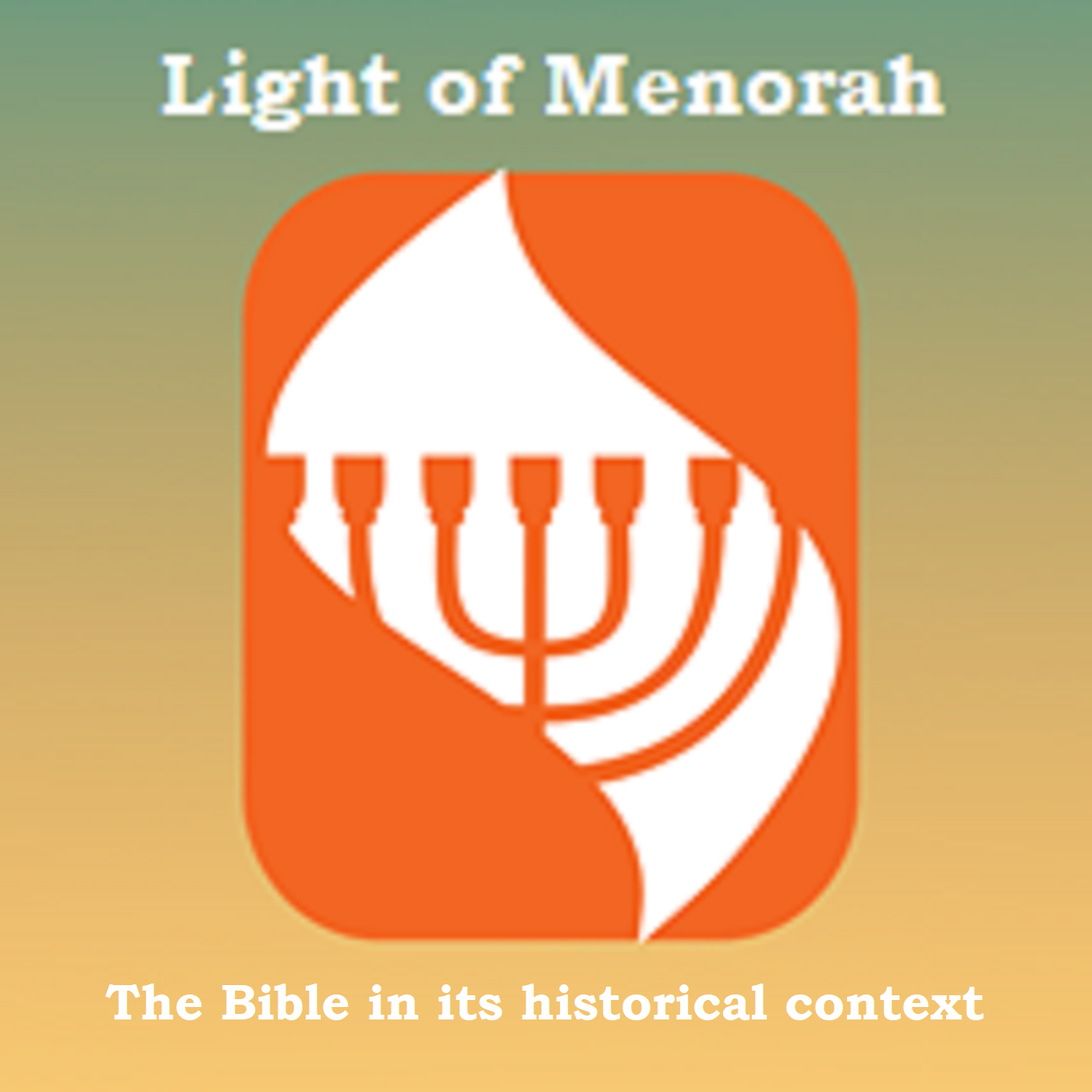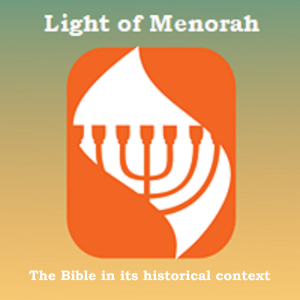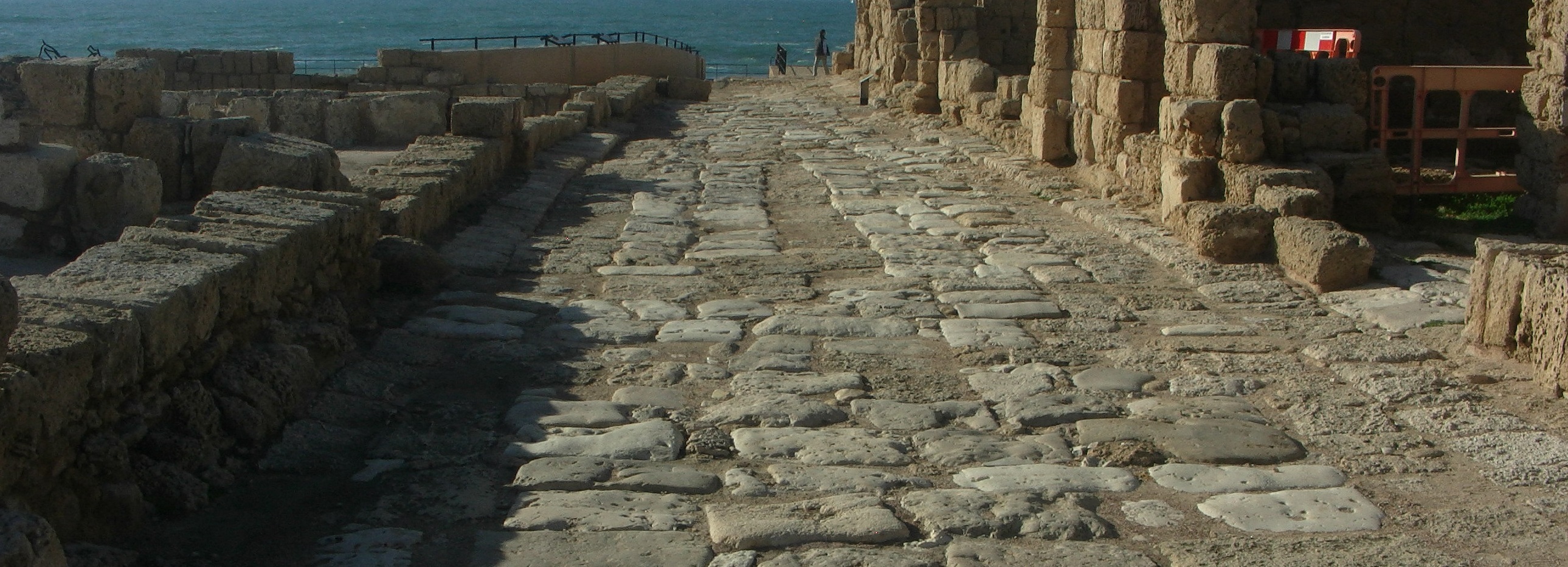
27.2K
Downloads
381
Episodes
The study of the Bible in its historical context - with a focus on the archaeology, history, geography, customs , culture, and even the languages of the ancient Middle East. WE ask what did they understand THEN - the original intent of the Lord - so that we can expand and enrich our understanding NOW and thus become true disciples of Adonai Yeshua as in John 8:31-32.
Episodes

Friday Feb 07, 2025
Truth Nuggets 6 - Parable of the Talents - Mah Yeshua Hayah Osay
Friday Feb 07, 2025
Friday Feb 07, 2025

Recently an associate of mine asked me about the Parable of the Talents in Matthew's Gospel in chapter 25. There are some who say that God is teaching us concepts regarding investing our money. This is highly doubtful once we consider the textual context (the words before and even after the parable) and the historical context. A highly credible archaeologist, Dr. Ben Witherington III (an American New Testament scholar. Witherington is Professor of New Testament Interpretation at Asbury Theological Seminary in Wilmore, Kentucky, and an ordained pastor in the United Methodist Church), said that TEXT with no CONTEXT is a PRETEXT for what we want the words to mean. Thus, no context means you can make up your own meaning. This is dangerous and is frequently done in the church today and in many seminaries who have abandoned the study of the Bible in its historical setting.
The parable of the TALENTS is in context. It is similar to what has come before and after. It starts in Matt. 24:36 and the context ends in Matt. 25:46. Jesus is teaching about His return. As you study these verses you'll notice there are always two groups or two types of individuals. There will be two men or women in a field and one will be left behind and the other taken. There will be a faithful servant and an evil servant or there will be 5 sensible virgins and 5 foolish or sheep and goats. There will be good and faithful servants who act on faith and an unfaithful servant who did not do anything but lived in fear. The parable of the TALENTS falls right in the middle of all this. That's the context. It has nothing to do with your abilities, your "talents," your God given blessings or the proper way to invest. It has everything to do with the Kingdom of the Lord and who were are in His Kingdom now and before He returns.
Jesus taught this parable 2000 years ago to His disciples. That Jesus ONLY taught His disciples is clear as this parable, and the parable of the Wise and Foolish virgins, is in a section that begins in Chapter 24 of Matthew's Gospel when Jesus was on the Mt. of Olives. His disciples came to Him and started asking Him about the end times. The Parable of the Talents is taught to His disciples; it was Jesus and His 12 only. For those disciples raised in Judaism of Jesus' day they heard this parable in ways that differ with how we look at it as Christians in the 21st century. Let's return to HEAR what they heard THEN so that we can have the Spirit of the Lord expand our understanding NOW. Once we do we can then understand that from this parable we should ask daily, in every circumstance, in all situations, מה ישוע היה עושה, Mah Yeshua Hayah Osay - what would Jesus do. Thus, we are like our "rabbi" and thus we are true disciples doing the works He gave us after being saved by grace. (Eph. 2:8-10)
One of the great teacher/scholars I had the chance to study under in my masters program was Dr. Brad Young. His website link is https://www.bradyoung.org/ He wrote a book entitled, "The Parables," which gives us the Jewish 1st century context of many key parables of Jesus. I highly recommend this book and you can easily obtain it at Dr. Young's website or at Amazon and other book outlets. Below is a link to an article that Dr. Young wrote that will enhance your study ...
Link - https://www.bridgesforpeace.com/letter/what-did-that-parable-really-mean/
Another awesome view of this parable in its 1st century Jewish context is found at a Messianic scholarly site called TorahClass.com. They show that the parable is related to another famous parable about the characteristics of disciples in the Kingdom, the Parable of the Four Soils. Here's the link -
https://www.torahclass.com/lessons/new-testament/matthew/lesson-86-ch25/

Rev. Ferret - who is this guy? What's his background? Why should I listen to him? Check his background at this link - https://www.dropbox.com/s/ortnret3oxcicu4/BackgrndTeacher%20mar%2025%202020.pdf?dl=0

No comments yet. Be the first to say something!